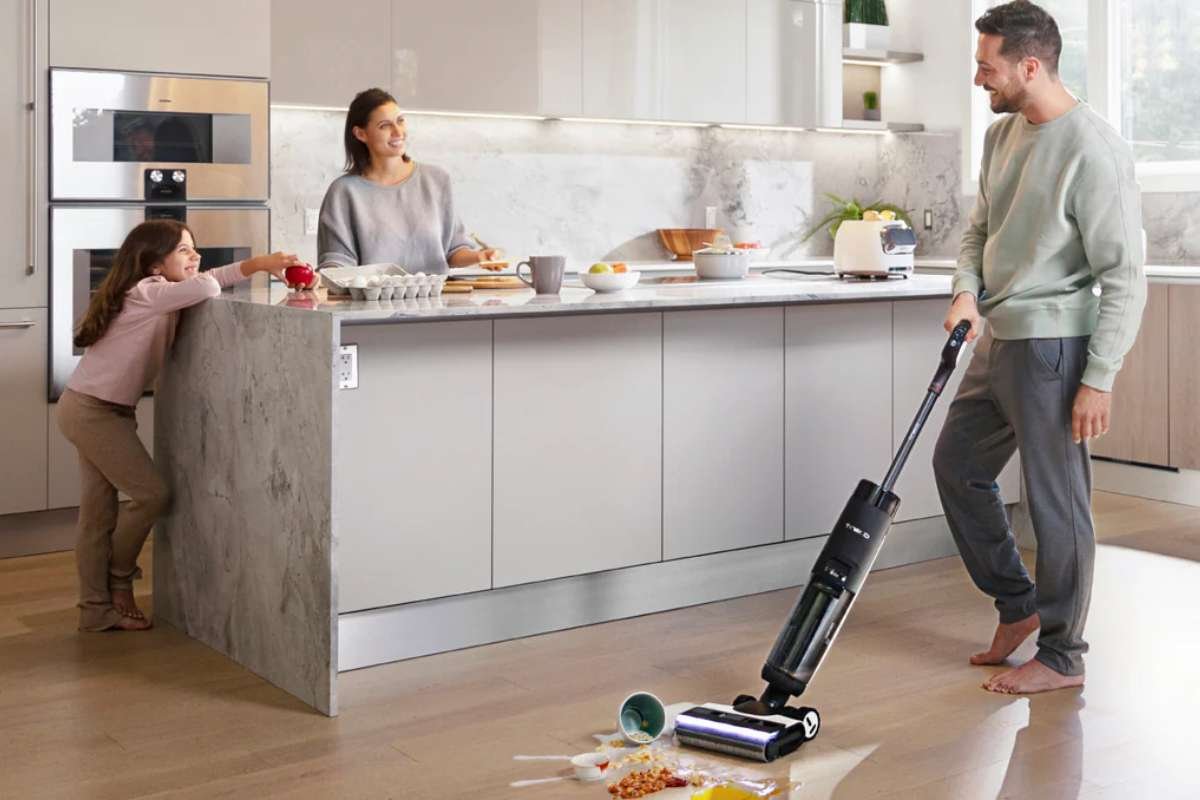The ways in which we protect public and private spaces are transforming. Traditional security measures such as locks, fences, and basic alarms are no longer sufficient on their own. Increasingly, communities, businesses, and individuals are turning to smart deterrent tools, technologies designed to prevent unwanted activity before it occurs. These devices not only enhance safety but also promote a sense of comfort and well-being in public and private spaces.
Advancements in Smart Deterrent Technology
Modern smart deterrent tools combine innovation with practicality. Sensors, AI, and automated systems work together to monitor environments in real-time, detect potential threats, and respond accordingly. For example, motion-activated cameras can identify unusual activity and trigger alarms, while smart lighting systems can illuminate areas when movement is detected, discouraging loitering or vandalism.
The integration of data analytics into these tools has also transformed security planning. By analyzing patterns of movement, frequency of incidents, and even environmental factors, organizations can make informed decisions about where to deploy deterrent systems most effectively. This proactive approach represents a major shift from reactive security, allowing communities and businesses to prevent problems before they escalate.
Enhancing Public Safety in Urban Spaces

Urban environments face unique challenges when it comes to safety. Crowded streets, public parks, and transit hubs can become hotspots for loitering, petty crime, and other disturbances. Smart deterrent tools are particularly effective in these settings. Devices that combine surveillance with behavioral triggers can alert authorities or activate deterrents when suspicious behavior is detected.
One example of this innovation is the growing adoption of mosquito-targeting devices designed to reduce nuisance and health risks in outdoor areas. Public spaces benefit from these smart systems as they manage both safety and environmental concerns simultaneously. Similarly, businesses are increasingly investing in technology like the US anti loitering device to prevent persistent loitering around their properties without the need for constant human supervision. This not only protects property but also ensures that patrons feel safe and welcome.
Impact on Residential Communities

Beyond urban centers, residential neighborhoods are also experiencing the benefits of smart deterrent tools. Homeowners are now installing automated surveillance cameras, smart doorbells, and even sound-emitting devices that deter unwanted visitors. These technologies allow for round-the-clock monitoring without invading privacy, giving residents peace of mind while maintaining a discreet presence.
Moreover, smart deterrent tools are increasingly designed to blend seamlessly into the environment. Whether integrated into garden lighting, fences, or outdoor furniture, these devices provide protection without creating an overtly institutional or restrictive atmosphere. This design-conscious approach ensures that communities remain welcoming and aesthetically pleasing while enhancing safety.
Future Trends and Considerations

The future of smart deterrent tools lies in continued integration with emerging technologies. Artificial intelligence, machine learning, and the Internet of Things (IoT) are driving innovation, enabling devices to learn from patterns, adapt to new threats, and coordinate responses across multiple systems. For instance, connected neighborhoods could share alerts between homes and public authorities, creating a collaborative network of proactive safety measures.
However, it is also important to balance technological benefits with ethical considerations. Privacy concerns, responsible data use, and the prevention of over-surveillance are critical factors in the adoption of these tools. Smart deterrent devices must be implemented thoughtfully to protect communities without compromising individual freedoms.
Conclusion
Smart deterrent tools are becoming an integral part of modern society, offering innovative solutions to both public and private safety challenges. From urban streets to residential neighborhoods, these technologies enhance security, prevent unwanted behavior, and promote a sense of well-being. The combination of innovation, practicality, and thoughtful design is shaping a future where safety and convenience go hand in hand. With ongoing advancements, smart deterrent tools are poised to play an even greater role in creating secure, responsive, and harmonious communities.


















